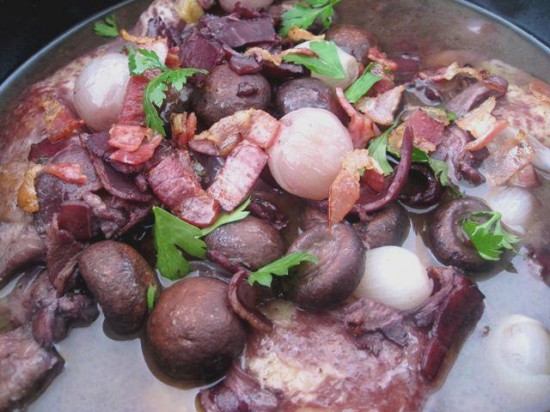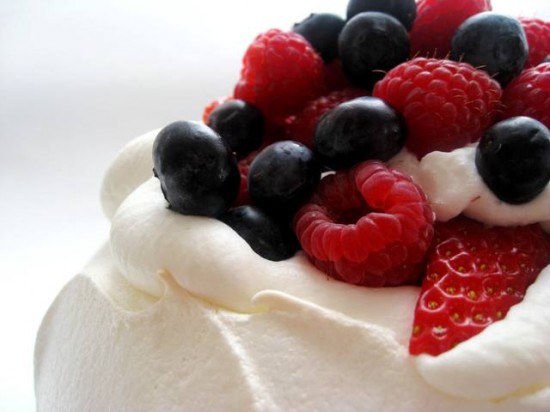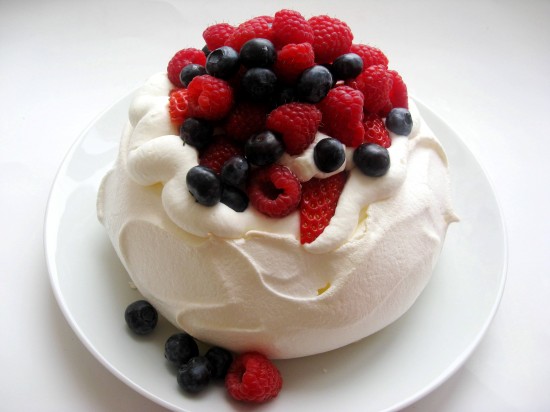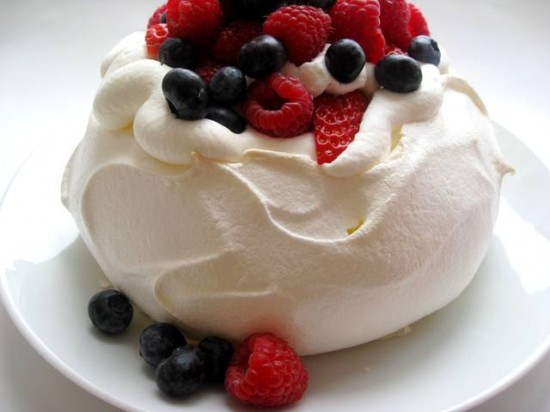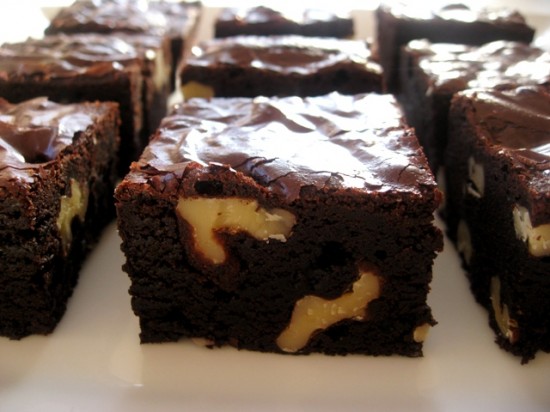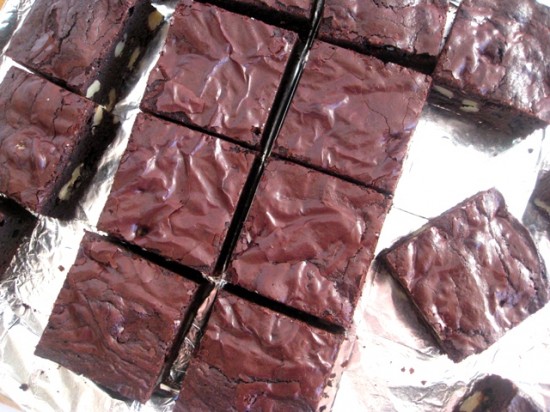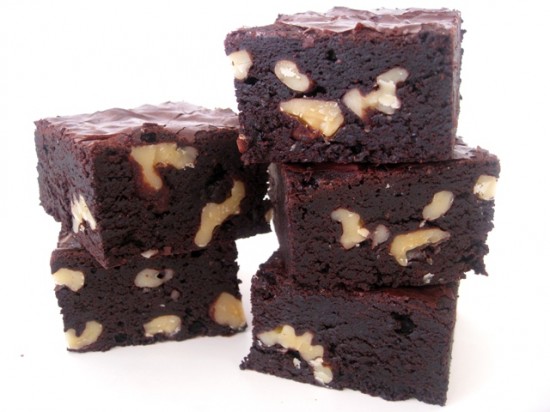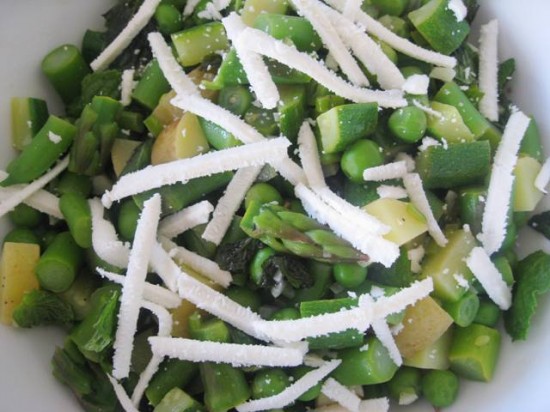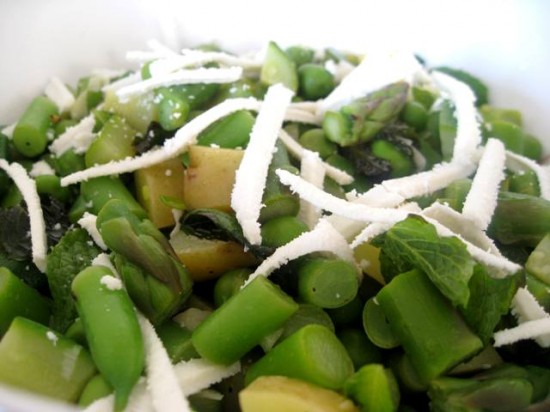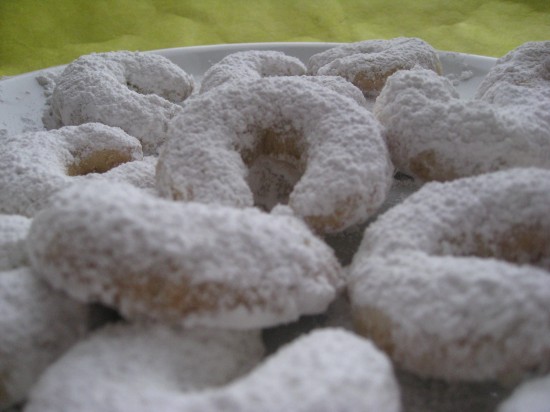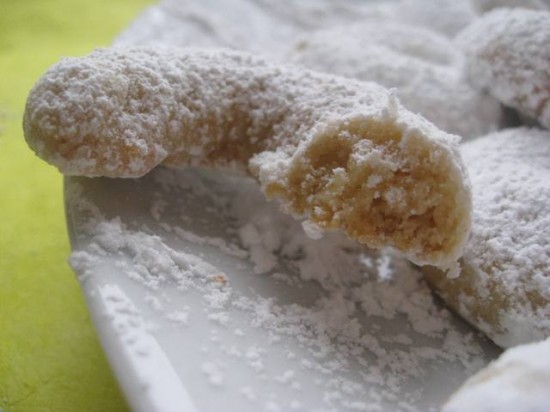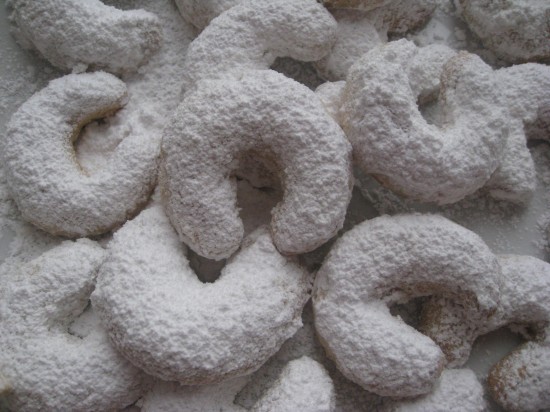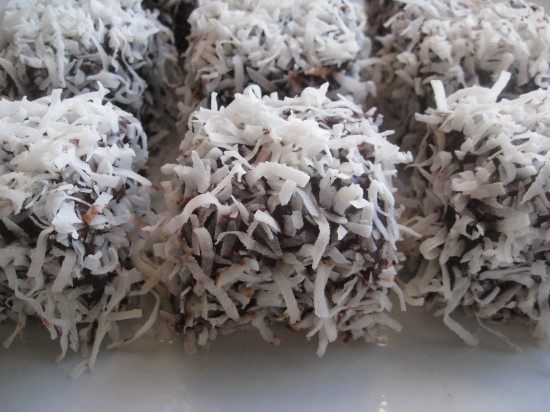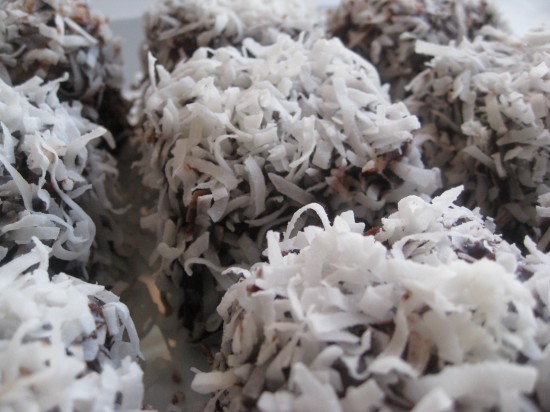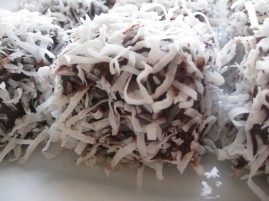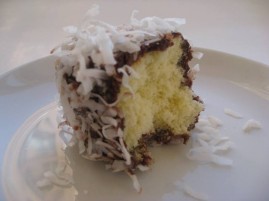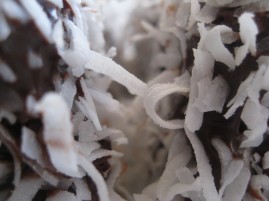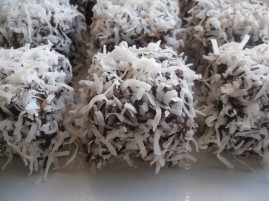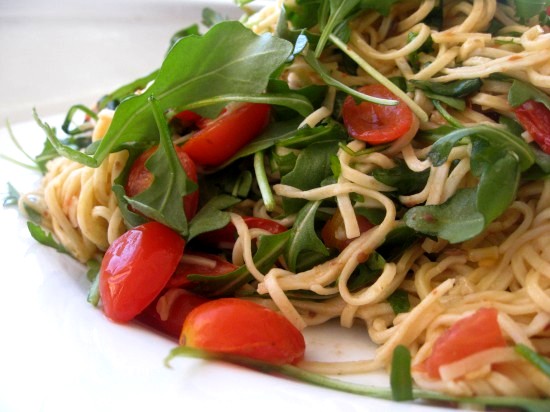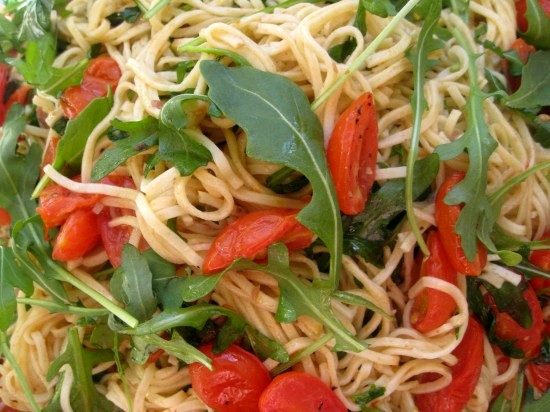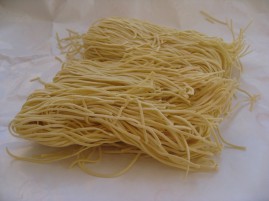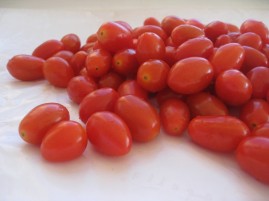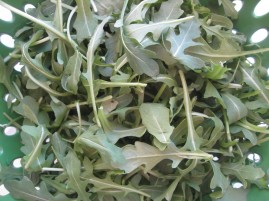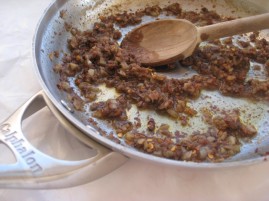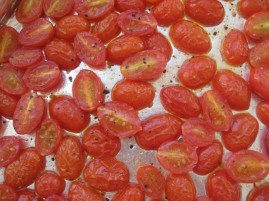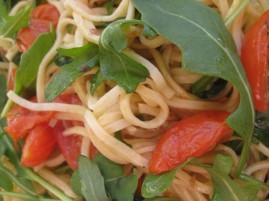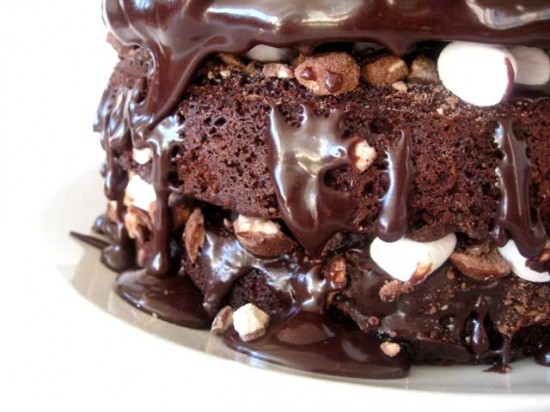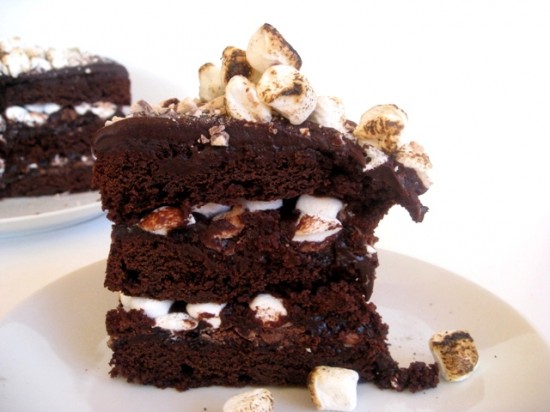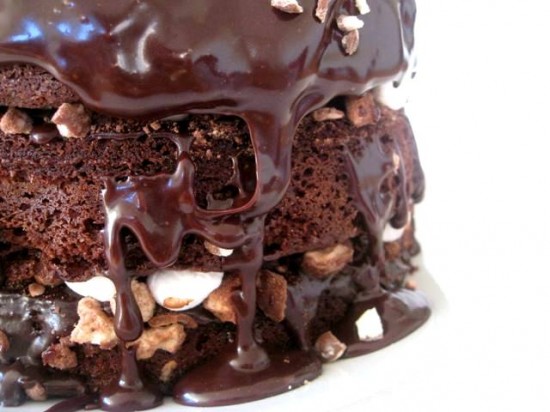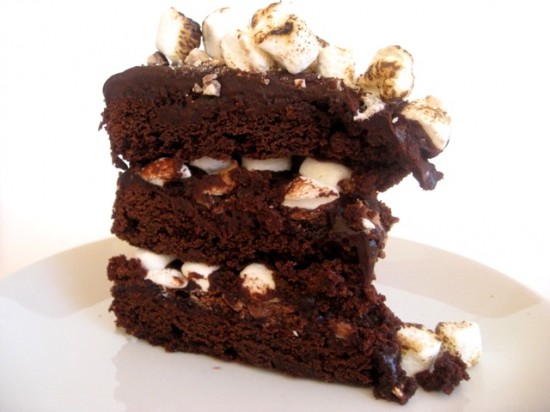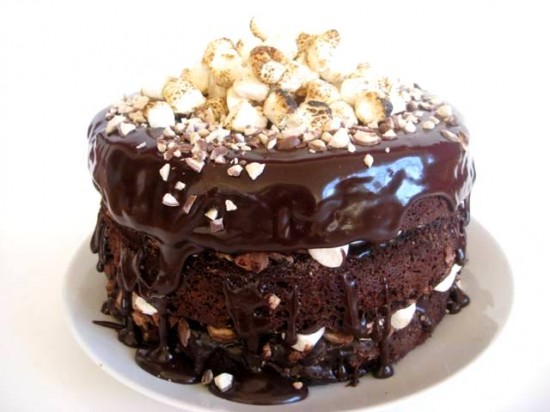Coq Au Vin is a classic French dish which is exactly as the name describes – chicken cooked in wine. Actually that’s not quite true, ‘coq’ is rooster in French and apparently cooking a tough old bird in this manner tenderizes it and its for this purpose that the dish originated – a very long time ago I should add.
Today we have the luxury of fresh juicy birds to choose from so most recipes call for chicken. Together with wine, herbs, bacon, mushrooms and pearl onions this dish is magic. It is so incredibly aromatic, flavoursome and tender that you might be momentarily transported to a little French Village in the cool of Winter. There might be an open fire, a gathering of people around an old wooden table and a big pot of this delicious dish to saveur.
And then back to reality – two small children under my feet in the kitchen, eagerly awaiting their dinner. I think the most surprising thing about this braised chicken dish was that my daughters loved it – wine, herbs and all, they couldn’t get enough. It will certainly become a regular.
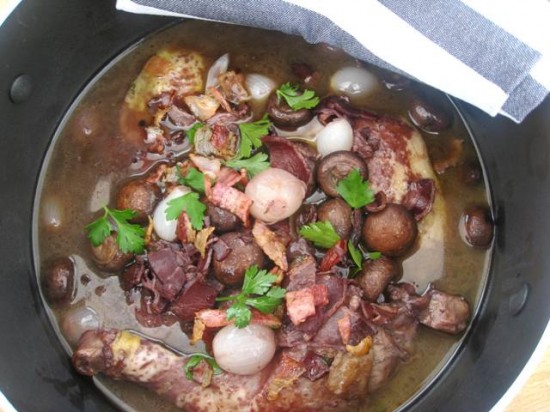
I didn’t make many changes to the original Julia Child recipe but I thought I might garnish the dish with some crisp bacon to add depth of colour. This also provided a nice crunchy addition to compliment the chicken and various other bits and pieces stewed in wine and juices.
Time to bring a little bit of France into your kitchen, don’t you think?
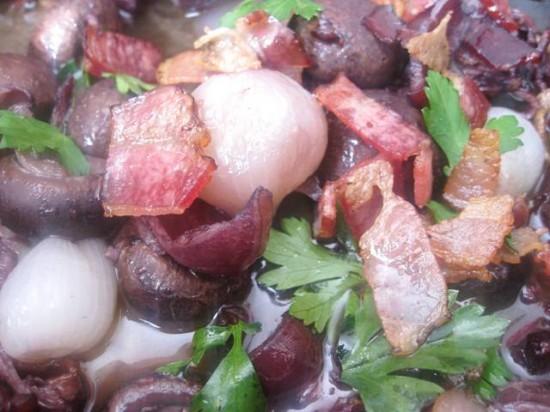
226 grams/8 ounces of bacon slices
20 pearl onions, peeled, or 1 large yellow onion, sliced
1.4 kilos/ 3 pounds chicken thighs and legs, excess fat trimmed, skin ON
6 garlic cloves, peeled
Salt and pepper to taste
2 cups chicken stock
2 cups red wine (pinot noir, burgundy, or zinfandel)
2 bay leaves
Several fresh thyme sprigs
Several fresh parsley sprigs
226 grams/8 ounces button mushrooms, trimmed and roughly chopped
2 tablespoons butter
Chopped fresh parsley for garnish
Blanch the bacon to remove some of its saltiness. Drop the bacon into a saucepan of cold water, covered by a couple of inches. Bring to a boil, simmer for a minute and drain. Rinse in cold water, pat dry with paper towels. Cut the bacon into 1 inch by 1/4 inch pieces.
Brown bacon on medium high heat in a dutch oven big enough to hold the chicken, about 10 minutes. Remove the cooked bacon, set aside. Keep the bacon fat in the pan. Working in batches if necessary, add onions and chicken, skin side down. Brown the chicken well, on all sides, about 10 minutes. Halfway through the browning, add the garlic and sprinkle the chicken with salt and pepper. (Note: it is best to add salt while cooking, not just at the very end. It brings out the flavor of the chicken.)
Spoon off any excess fat. Add the chicken stock, wine, and herbs. Add back the 2/3’s of the bacon. Lower heat to a simmer. Cover and cook for 20 minutes, or until chicken is tender and cooked through. Remove chicken and onions to a separate platter. Remove the bay leaves, herb sprigs, garlic, and discard.
Add mushrooms to the remaining liquid and turn the heat to high. Boil quickly and reduce the liquid by ¾’s until it becomes thick and saucy. Lower the heat, stir in the butter. Return the chicken and onions to the pan to reheat and coat with sauce. Adjust seasoning. Garnish with the remaining bacon and parsley.
Notes: Whilst most recipes I have read suggest you serve this with egg noodles I actually prefer it with a fresh salad and a crusty baguette to mop up all those delicious juices.
Source: Adapted from a Julia Child recipe

